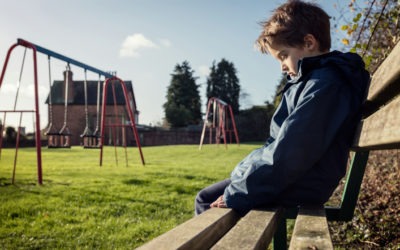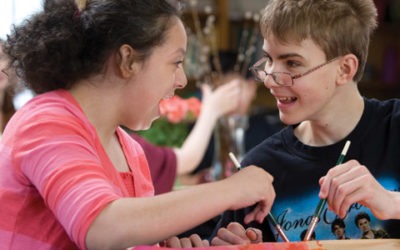It seemed like simple gesture. A college football player who was visiting a middle school spotted a red-haired sixth grader eating lunch alone, so he joined him. Then the boy’s mother posted a photo on Facebook capturing the moment: her autistic son sitting across a cafeteria table from Travis Rudolph, the Florida State University wide receiver. “This one day,” she wrote, “I didn’t have to worry if my sweet boy ate lunch alone.” The heartwarming image spread on social media, and news stories reported that after that, the boy’s popularity
Toddlers’ Mental Health: The Drawbacks of a Diagnosis
Recently a pediatrician phoned me with a concern about a three-year-old patient I see in my psychology practice. During a routine visit, the doctor said, “Karson” had bitten him. In fact, the young child had a history of behavior problems. “Do you think there’s a diagnosis?” the doctor asked me. I told her I wasn’t a fan of diagnosing toddlers. “What I can tell you,” I said, “is that he has strong reactions when people approach him too suddenly, loudly, or unexpectedly.” I was describing a phenomenon that I place
What Causes Oppositional Defiance and Challenging Behaviors?
Third in a series originating from my original post on oppositional defiance. What are the underlying causes of persistent oppositional defiance? Examining these behaviors through the lens of neuroscience provides a better understanding of what they mean and how we can help children who display them. Consider the following two children: Shortly after starting Kindergarten, “Robbie”, 5, began fighting his mother about everything from brushing his teeth to picking up his toys. When he met his teacher for the first time, he looked at his mom, grabbed a book off
Supporting Children on the Autism Spectrum
Thomas was proud of his young son “Roger’s” remarkable knowledge of birds. Roger’s grandmother, an avid bird watcher, had shared birding books and toy bird replicas with the boy when he was young, and he had shown such great enthusiasm for the topic that at age 3, Roger could identify more than 50 types of birds. But when the boy was diagnosed with autism, a therapist took a more guarded view of Roger’s intense interest. The therapist described the boy’s constant chatter about birds as “stimming”—short for self-stimulating behavior. Suddenly,










